Business: El Corte Inglés / Madrid
What's in store?
The past few years have held little respite for department stores already under threat from e-commerce but a Spanish stalwart is looking for a way forwards.
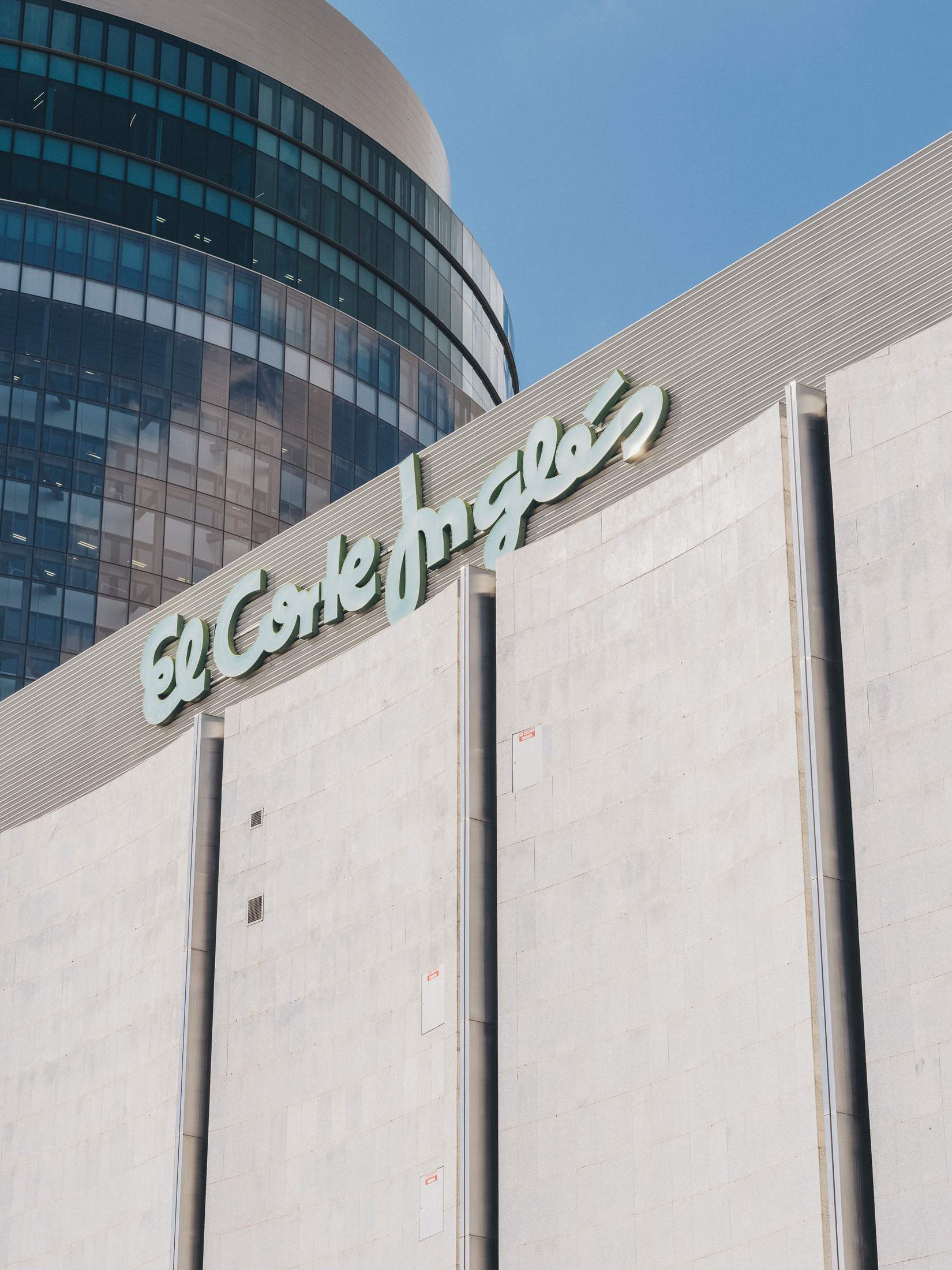
Façade of El Corté Ingles’ flagship department store in Madrid
At the Callao location of the El Corte Inglés department store in Madrid, a tourist is trying and failing to get a security guard to point her in the right direction for hairdryers. Despite the English communication difficulties, there is little doubt about whether Spain’s gargantuan gran almacén will stock them. In fact, over nine floors, it is hard to think of a product it doesn’t sell. On display is everything from clothing to bathroom fixtures to gardening tools. There is a floor dedicated to a supermarket and a top-floor “gourmet experience” serving pad thai and tacos. Washing machines line one floor, while another is stacked with children’s toys. You can shop for insurance, go to the dentist, visit the post office and buy a pack of cigarettes all under one roof.
With its curly green logo, El Corte Inglés is a Spanish institution. Walk around any urban centre in the country and it will not be long before you spot someone carrying one of its bags. At the end of 2021 the company had 81 department stores on the Iberian peninsula, including two in Portugal. Advertising campaigns that tell customers that it is time to head back to school with El Corte Inglés or that spring fashions have arrived are ingrained in the popular imagination, while families flock to “Cortylandia” during the festive season to see Father Christmas. “Spanish people look at El Corte Inglés and think a little bit of that is mine,” says former president Dimas Gimeno from his office on Madrid’s Gran Vía. Indeed, as the world continues to ponder the future of retail – and the place of physical space within it – El Corte Inglés holds plenty of potential answers.

Entrance to the El Corté Ingles flagship shop on Paseo de la Castellana
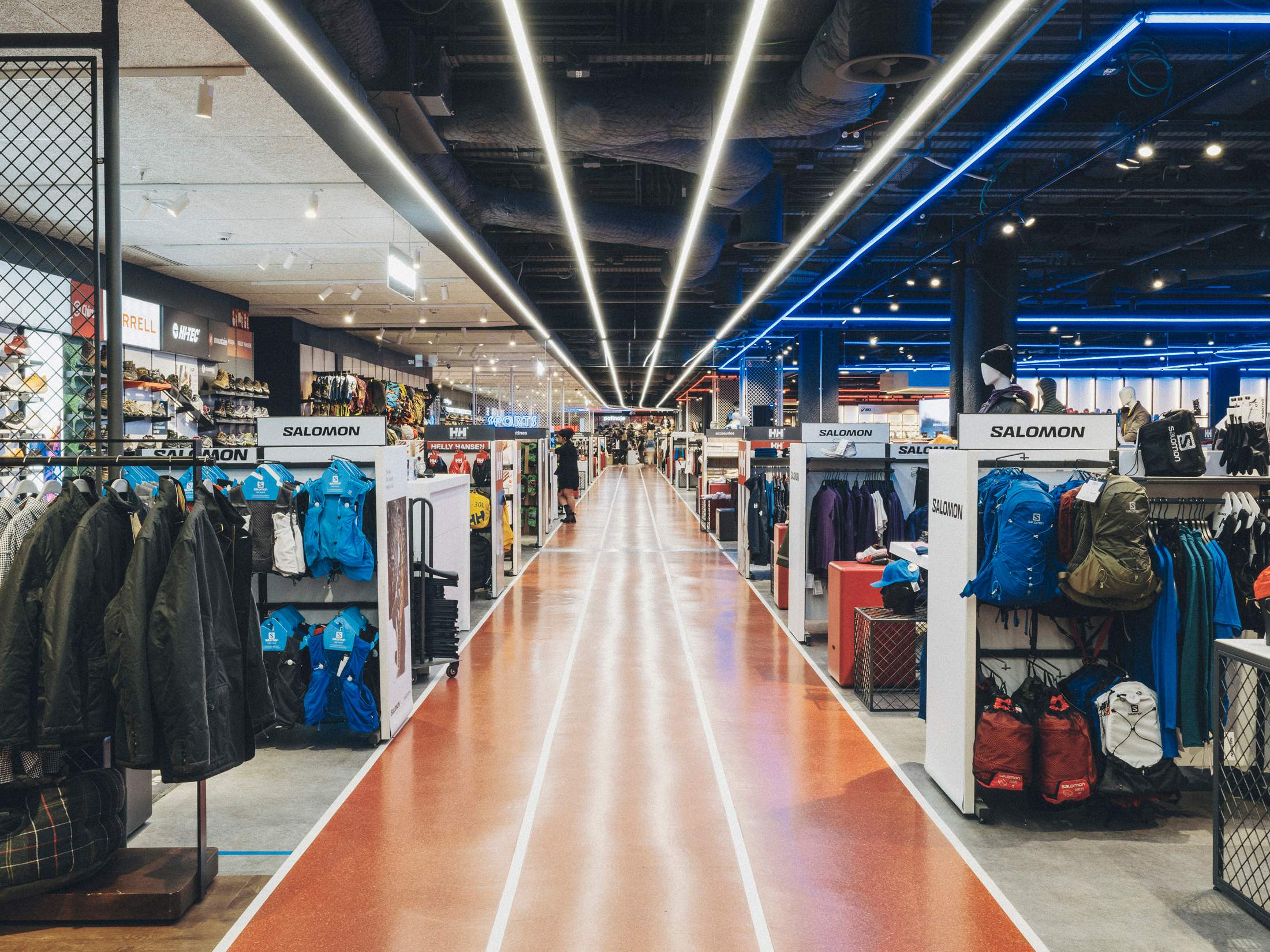
The shop’s sporting goods department
Alongside the department store, the group has a dizzying portfolio of additional brands covering telecommunications, security, travel, financial services and more. Its high-end Club del Gourmet food label is exported to countries from Mexico to South Korea; it has fashion lines sold through third parties from Germany to Paraguay; and it operates stand-alone fashion shops in Spain under the Sfera name, as well as the Hipercor hypermarkets. And yet, despite the huge physical and cultural footprint (or perhaps because of it), El Corte Inglés’s recent history has been complex.
“The arrival of competitors, the so-called ‘category killers’, was something that caused its position to deteriorate,” says Santiago Páramo, a retail lecturer at Madrid’s Francisco Marroquín University. “Then there was the brutal development of the fast-fashion business.” The likes of Ikea, Zara, H&M and French home-and-garden store Leroy Merlin may have challenged the unique position that El Corte Inglés had carved out in Spain – it became the country’s sole department store chain after it bought its last remaining rival Galerías Preciados in 1995 – but it was Amazon’s arrival that really upended its one-stop-shop model.
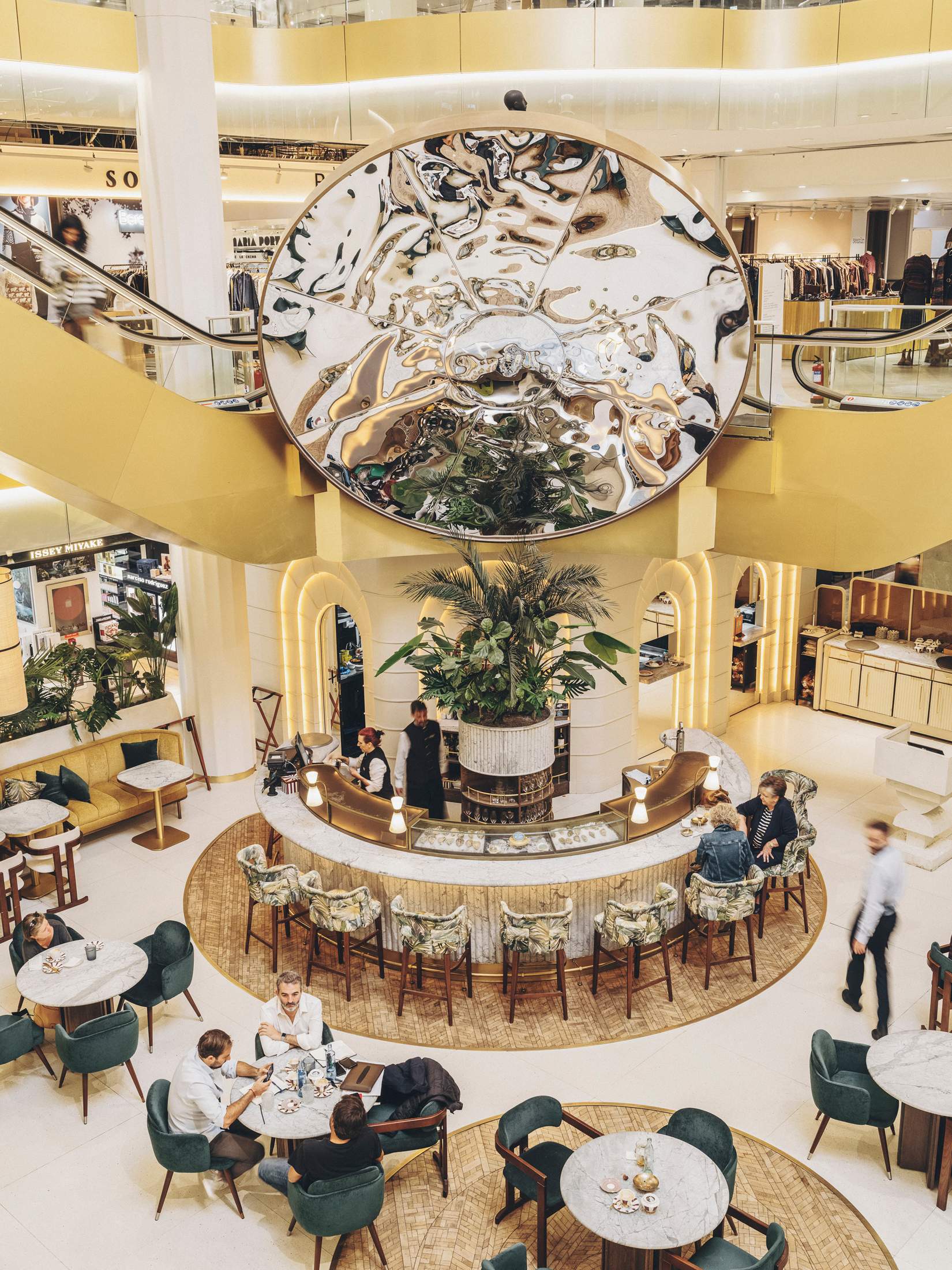
Café in the El Corte Inglés atrium in Madrid
The coronavirus pandemic, while not good for any high-street retailer, also exposed the slow pace of the El Corte Inglés’s digital adoption. In February 2021 the group posted historic losses of €2.9bn after turning a profit of €310m in the previous financial year. Those figures seem to have jolted El Corte Inglés into action, proving that there might be life in the department store model yet. According to Sagra Maceira de Rosen, a London-based luxury specialist and managing director at SIO Global, the Spanish brand is going through a period of transition. “It has consolidated its business a little bit to bring the debt to acceptable levels,” she says. That has meant reaching a refinancing deal with 20 banks for its debt (currently standing at about €2.6bn) and a further deal with insurance giant Mutua Madrileña in May, which involved selling controlling stakes in the group’s two insurance companies and receiving €555m for 8 per cent of the brand’s shares. El Corte Inglés has said that it plans to reduce its debt by 60 per cent by 2026, by which time it also wants e-commerce to represent 30 per cent of turnover (compared with just over 12 per cent in 2021). On a more positive note, the company’s latest results (posted in February 2022) showed a return to profitability.
Founded in 1940 by Ramón Areces, El Corte Inglés took its name from the small tailor’s shop that the businessman had purchased a few years earlier in Madrid (it translates as “The English Cut”). Expanding rapidly across Spain during the 1960s, El Corte Inglés was the major Spanish success story for several decades. To this day, its nearly 80,000-strong workforce makes it one of the largest employers in the country. Yet alongside its market penetration and business acumen, Spaniards have also followed the company for the family feuds and C-suite reshuffles that have filled column inches in Spain’s business press.
The story of El Corte Inglés has been dominated by one man, Isidoro Álvarez, who was general director of the group from 1966 until his death in 2014. He named his favoured nephew, Dimas Gimeno, to succeed him while his daughters, Marta and Cristina, kept his stocks in the company. Gimeno’s tenure as president lasted until 2018 before the board tensions that originated with the sisters led him to agree to depart with €8.5m in severance. He calls his time at the brand “a hell of an experience” but is careful with his words. Marta Álvarez is now the group president.
Gimeno was one of several former senior executives prepared to speak with Monocle but arranging a direct interview with El Corte Inglés management was not possible. This policy of refusing interviews will have to change if, as has been widely reported, the group plans to go public before 2028. After several weeks of communication via email, Monocle was granted permission to shoot El Corte Inglés’ flagship Castellana store. It is dominated by a huge office tower, even easier to get lost in than Callao and popular with Asian tourists shopping for luxury fashion and eating at a raw-fish bar. El Corte Inglés also agrees to an informal press meeting around a huge meeting table where a generous breakfast is laid out. Spokespeople can’t be directly quoted and any information provided needs to be cited as “according to sources at El Corte Inglés”. Gimeno points to the fact that it is under no obligation to be more forthcoming. “As a private company, El Corte Inglés has been always that way: very internal-focused, not talking about itself and letting the results speak for themselves,” he says.
In a bid to let those numbers do the talking, El Corte Inglés has been using its vast size and capital to ensure that it stays relevant in the post-pandemic era. And while Maceira de Rosen says that the brand still isn’t the first destination for her or others in Spain when shopping online, the brand is bidding to change that. An app service launched in 2020 with 300,000 products that could be delivered within two hours (or a day depending on where you live in Spain). It has also been betting big on logistics, opening a subsidiary to not only focus on its own delivery but also help third parties as an additional revenue driver. “El Corte Inglés understands that e-commerce is mostly a logistics play,” says Nicolás Olivé, a former chief retail officer at Mango.
Yet there have also been missed opportunities, not least the vast amount of data that the group has had at its fingertips through its diverse businesses and failed to properly utilise. “El Corte Inglés knows customers in food, menswear, childrenswear, homeware; it knows everything,” says Borja de la Cierva, a former executive who was with the company between 2006 and 2016. “No other company has such incredible information but it wasn’t able to use it to increase sales.” Part of its treasure trove of user information comes through its store card – inspired by the US and the first of its kind in Spain – which still has a place in Spanish hearts for the way it allowed shoppers to buy on credit during a critical moment in the growth of the country’s middle class. Even today there are more than 11 million registered cardholders, a little under a quarter of the population of Spain.
Of course, larger businesses can often find it difficult to make quick changes when compared with the nimbleness of a start-up that has less red tape and fewer employees. Charo Silva, associate professor of strategy at IE University Business School in Madrid, recognises that companies need to bring in people with new capabilities, skills and knowledge if they are to adapt to the shifting retail landscape. Yet that should not automatically rule out the biggest players. “If you are a huge company, the adaption will be slow and more difficult,” she says from the 23rd floor of the university’s skyscraper in northern Madrid. “But we also need to consider that larger companies have more resources, which usually helps them to adapt: you can buy new start-ups and you can hire new people.”

Mother-and-daughter pair from Morocco attest to El Corte Inglés’ broad appeal

Samuel buys a laptop
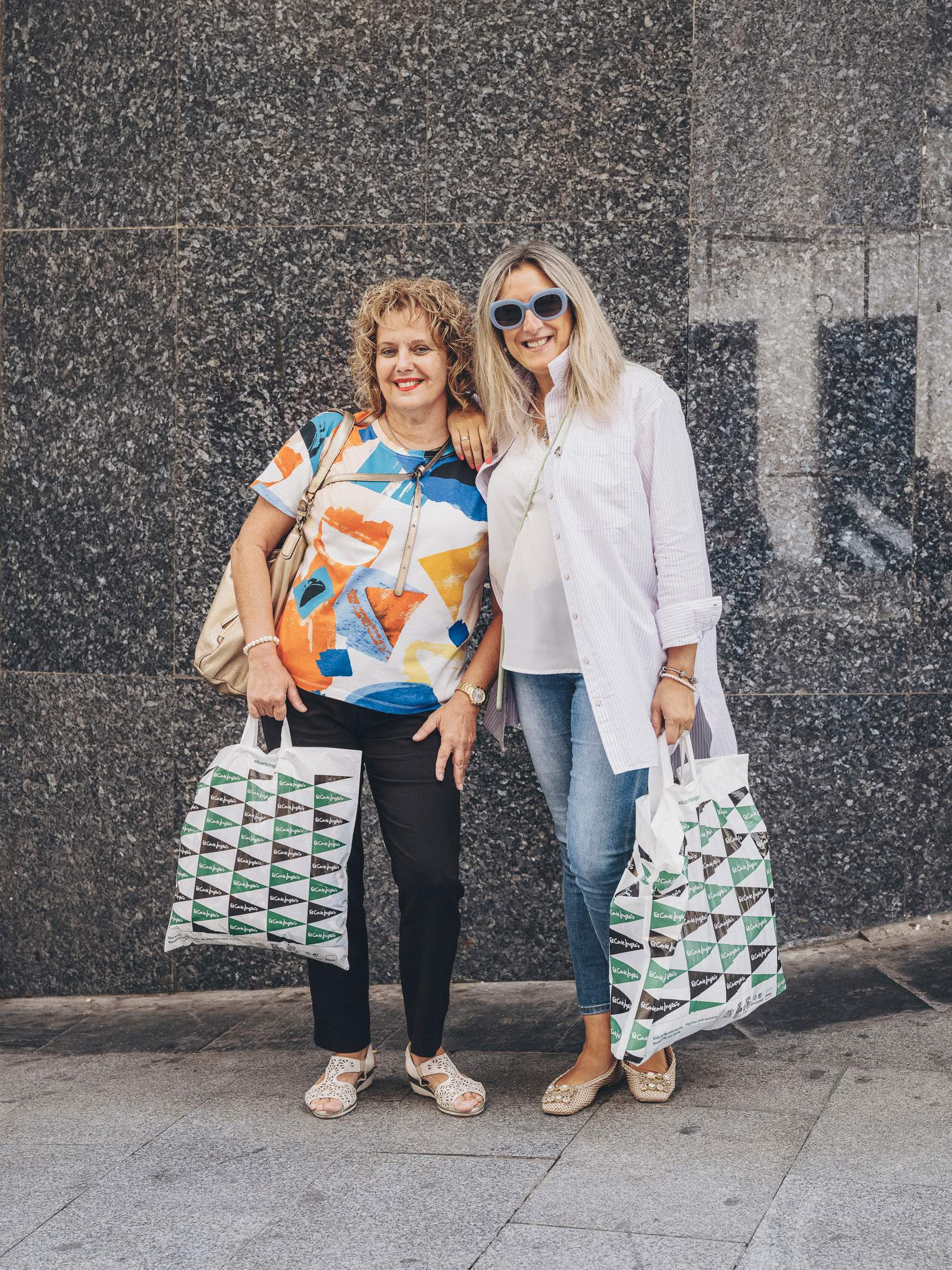
Carmen (on left) says that a visit to El Corte Inglés is an important part of her holiday from La Palma

Toys are on Chinese student Xiaoyu’s shopping list
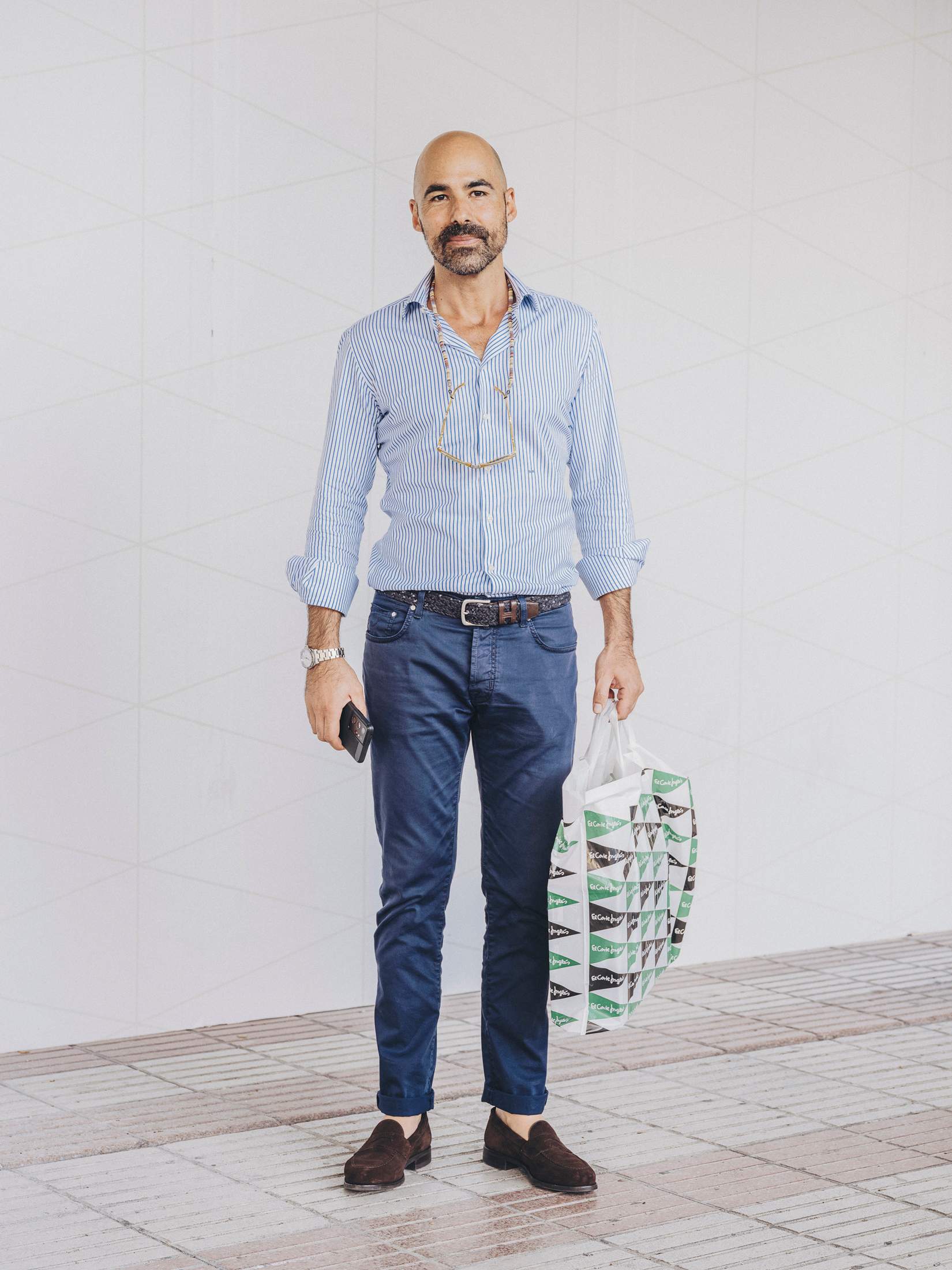
Barcelona-based Simone picks up a pair of Yuccs shoes
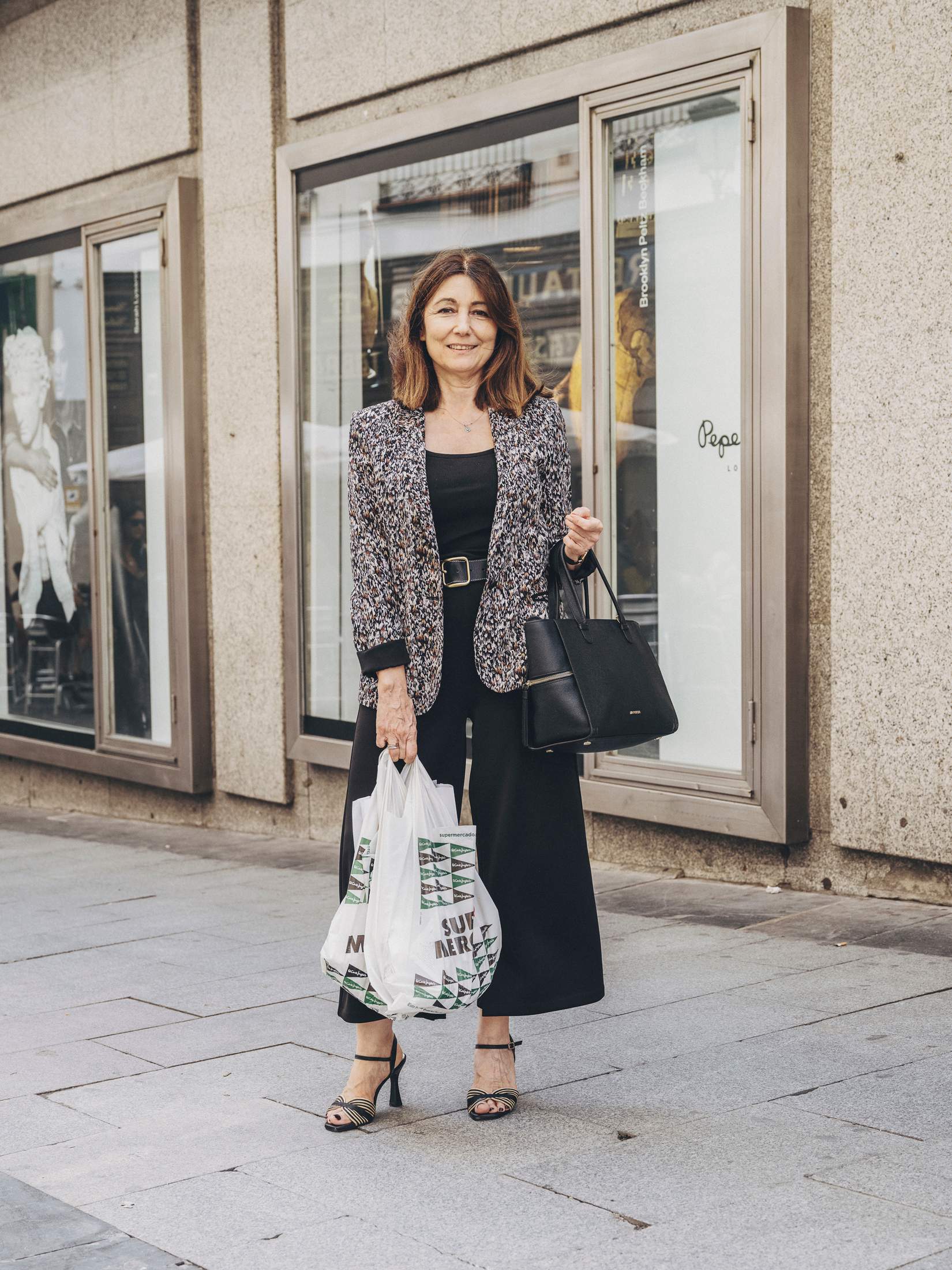
El Corte Inglés remains popular for groceries
El Corte Inglés has been keen to show that it is using its considerable muscle to good effect. Alongside paying down its debt, its travel arm, Viajes el Corte Inglés, has merged with another company to form a larger entity. It has gone after the high-end food market through the purchase of the Sanchez Romero supermarket chain last year. And the brand is seeking to divest from non-strategic buildings, closing 15 shops in the past two years. There has also been a management restructure, with long-time senior executive Victor del Pozo departing in March and José María Folache returning after time at Parfois and Carrefour to become a general director focusing on retail. Former Goldman Sachs banker Santiago Bau was hired as a second general director.
Spend any time around people from El Corte Inglés and “omnichannel” is a buzzword that you’re likely to hear often. The idea is that digital offerings must complement physical ones. But for Dimas Gimeno, back in the industry after a two-year non-compete clause post-El Corte Inglés, the only way for department stores to survive is by adopting another (more cumbersome) buzzword: “phygital”. In a boardroom decorated with high-end furniture, Gimeno explains that he thinks that the omnichannel approach is dead and the notion of adapting the digital to the physical doesn’t work. “The difference with phygital is that you do it the other way around,” he says. “You understand that digital is the ruler.”
Gimeno has tried to do just that with his new retail concept, Wow, which is less than a year old and has recently opened at a second location. This high-end department store, filled with eye-catching artwork and colourful rooms, is located on Gran Vía, Madrid’s principal thoroughfare (another is slated to open on the Serrano shopping street). The difference? Everything was developed around the online experience. Head to a Wow shop and your phone might start receiving push notifications about where products are located. Changing-room screens, meanwhile, might suggest other items to try on. The personalised approach clearly serves an emerging retail demographic but when Monocle visits it is still glitchy: a giant searchable screen stubbornly refuses to load and the automatic scanning feature on the smart changing-room mirrors is in need of a tweak. While the tech may appeal to younger generations, it won’t be for everyone. And it is clearly not designed to replace El Corte Inglés.
Every single Spaniard feels like El Corte Inglés is part of the family
While the difficulties that physical retail has faced are real – including the well- documented financial woes of legacy department stores such as JCPenney and Debenhams – El Corte Inglés still has a couple of aces up its sleeve. Former senior executive De la Cierva says that the brand needs to shed half of its shops, notably in peripheral areas, but its property portfolio (including office space) is valued at about €16bn. For Iria Gestal, editor of Spanish online business-of-fashion platform Modaes, which publishes a quarterly magazine for subscribers, having assets is never a problem because you can do something with them. But she says that there is another element to El Corte Inglés: the brand’s reputation for trust and customer service built over decades. “There is confidence in something that has been there for so long,” she says, even if she thinks that has declined in recent years.
While big challenges remain, including a painful decision about property divestment, writing the obituary of the Spanish department store would be premature. El Corte Inglés is continuing to evolve. Despite the shops’ utilitarian aesthetic, it is pivoting towards a future with a greater focus on luxury clothing and food – concepts that have proved resilient to market fluctuations. Even those who have been critical of its decisions, including former head of customer strategy Mar Areosa, recognise that brand power is half the battle. “Every single Spaniard feels like El Corte Inglés is part of the family,” she says. Whether it wants to be the cuddly grandma or the on-point teenager will be fascinating to watch. As ever, Spaniards will be gripped.


